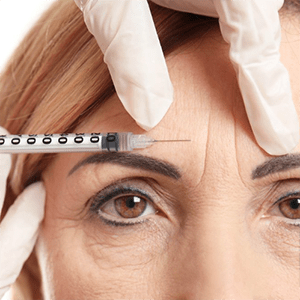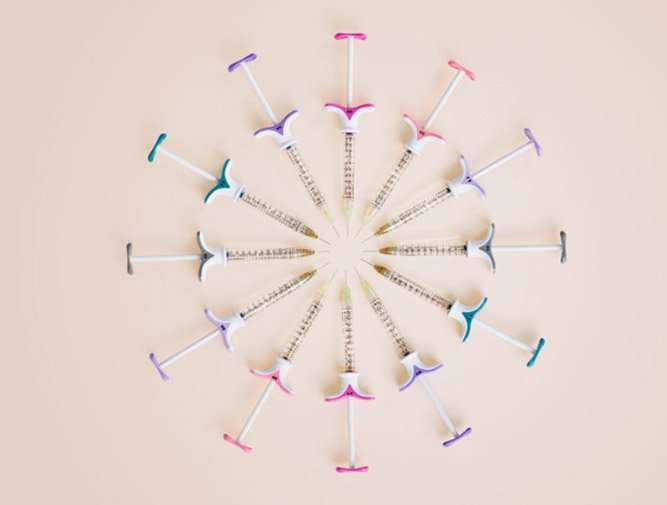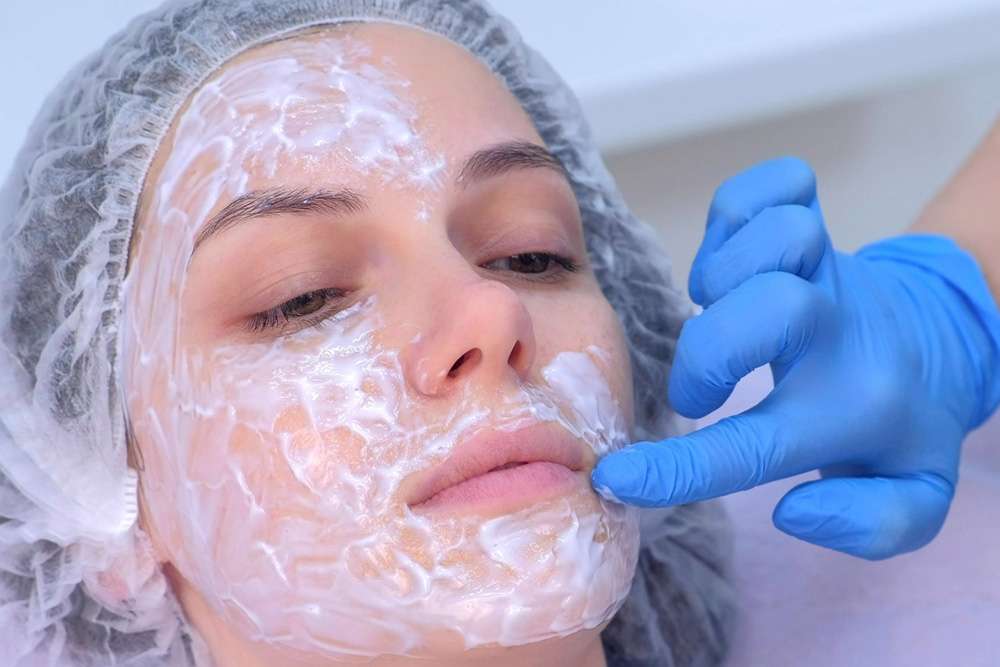Filler myths versus facts

Though dermal fillers continue to gain popularity as more and more people learn about what they can do, there are still many myths circulating. Dr. Malecki at Platinum Medical Spa is an expert in dermal fillers. In fact, he’s the Medical Director for Allergan Aesthetics, the maker of Juvéderm, the #1 brand of dermal fillers in the world. Here are a few myths, busted by Dr. Malecki.
Filler myth #1: All dermal fillers are the same.
Fact: There are a number of different kinds of dermal fillers formulated with different active ingredients. The most popular fillers are made with hyaluronic acid (HA), which is a naturally occurring substance that is already found in your skin. HA fillers are soft and gel-like. Juvéderm is the #1 brand of HA fillers (and the #1 dermal filler brand overall). Some fillers last around 6 months, while others last up to 2 years. This depends on the brand, the specific filler used, and the area of the face injected. An expert injector like Dr. Malecki can select the very best filler for your needs.

Filler myth #2: Dermal fillers will make me look like I’ve had work done.
Fact: When administered by a qualified injector, filler can enhance facial appearance in a very natural-looking way. Dr. Malecki performs a comprehensive assessment to determine the ideal proportions for your unique face, and the amount of filler needed in specific areas to help you look rejuvenated while still looking like you.

Filler myth #3: Filler is the same as Botox.
Fact: While neurotoxins (like Botox) and fillers are both injectable treatments designed to enhance facial aesthetics, they’re entirely different substances. Botox is designed to temporarily relax muscles and smooth out the appearance of lines and wrinkles. Fillers are designed to add volume to achieve different goals—plumping the lips, lifting the cheeks, smoothing out laugh lines, for example. You can read more about the differences between Botox and filler here.

Filler myth #4: Getting filler is painful.
Fact: In studies, most people rated the pain with dermal filler injections as a 2 or 3 on a scale of 0 to 10. The needle used to inject filler is very small. Most fillers, including all Juvéderm fillers, are made with lidocaine in them to help reduce any discomfort. Additionally, your injector can use numbing cream. If you know you are very sensitive to pain, talk to your doctor about ways to make the process as tolerable as possible.

Filler myth #5: Filler injections require too much downtime.
Fact: Filler injections are considered minimally invasive treatments. Typically, you can go about your normal daily activities after your appointment, with just a few modifications—no excessive heat or sun exposure, no alcohol consumption, and no strenuous exercise for 24 hours. Some people experience mild swelling and/or bruising at the injection site. These reactions tend to subside within a few days.

Filler myth #6: Filler will stretch out my skin.
Fact: There is no data to support that using dermal fillers stretches out the skin. With a skilled injector, like Dr. Malecki, using reputable products, like Juvéderm fillers, your skin laxity should remain unchanged.
